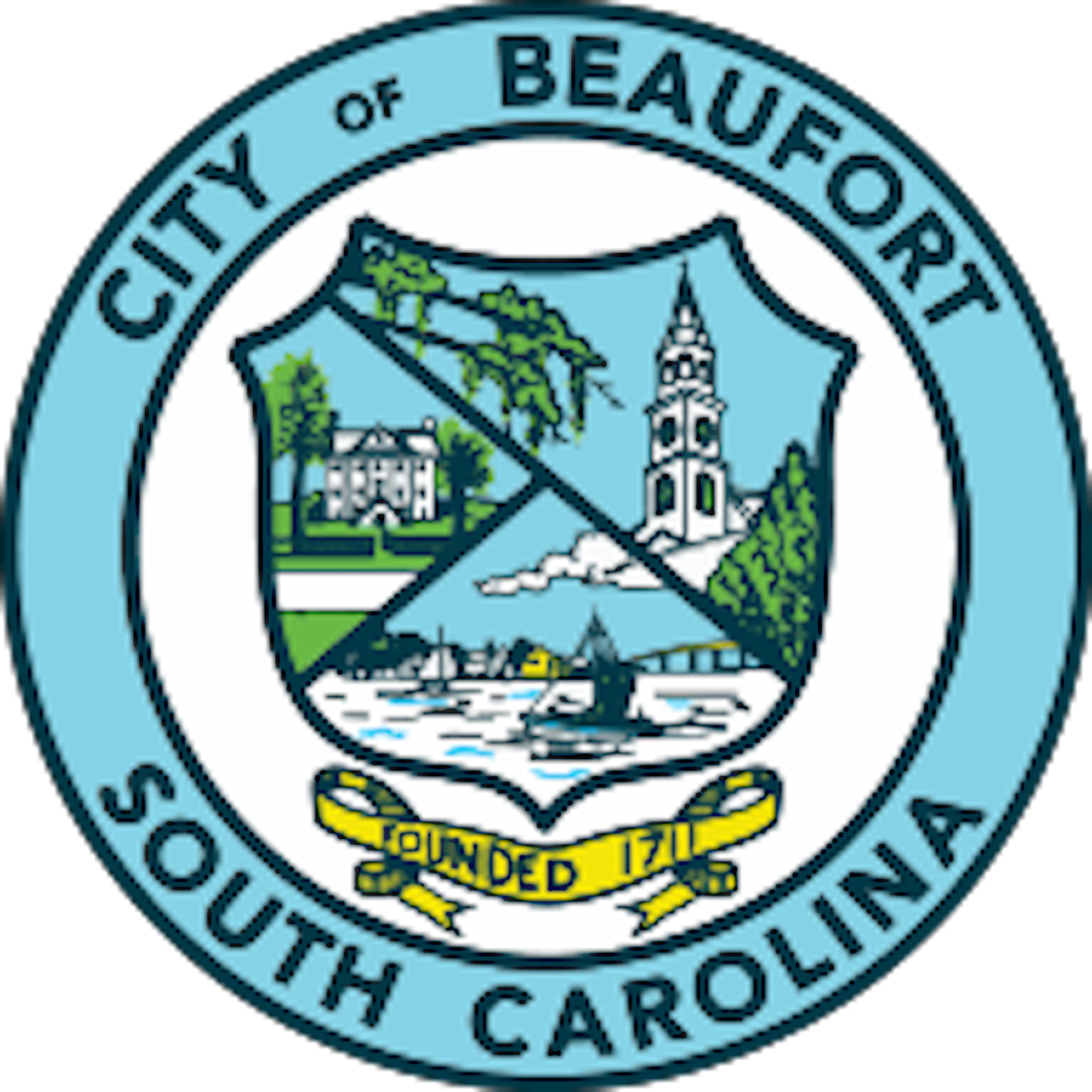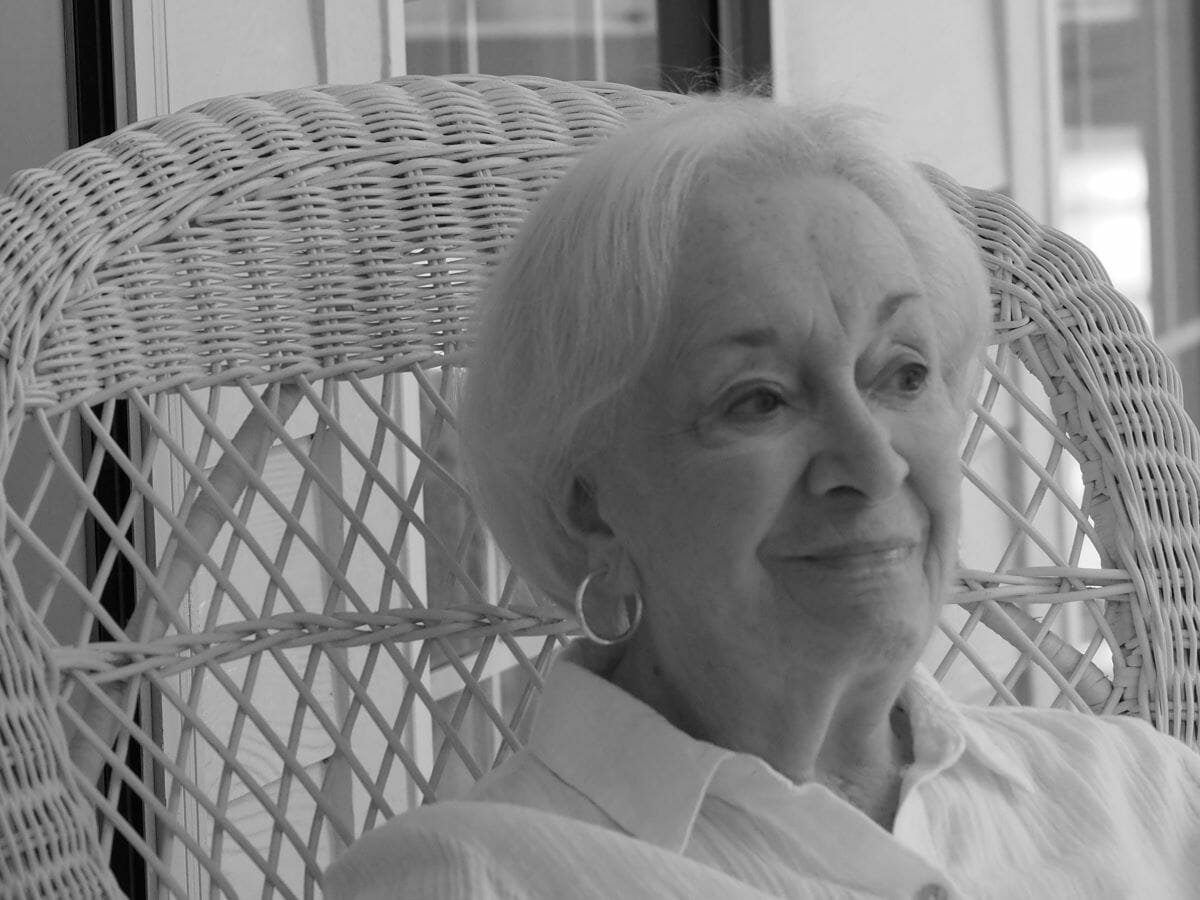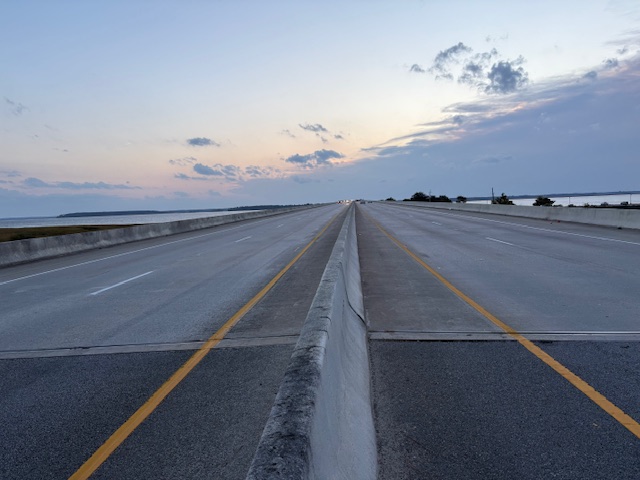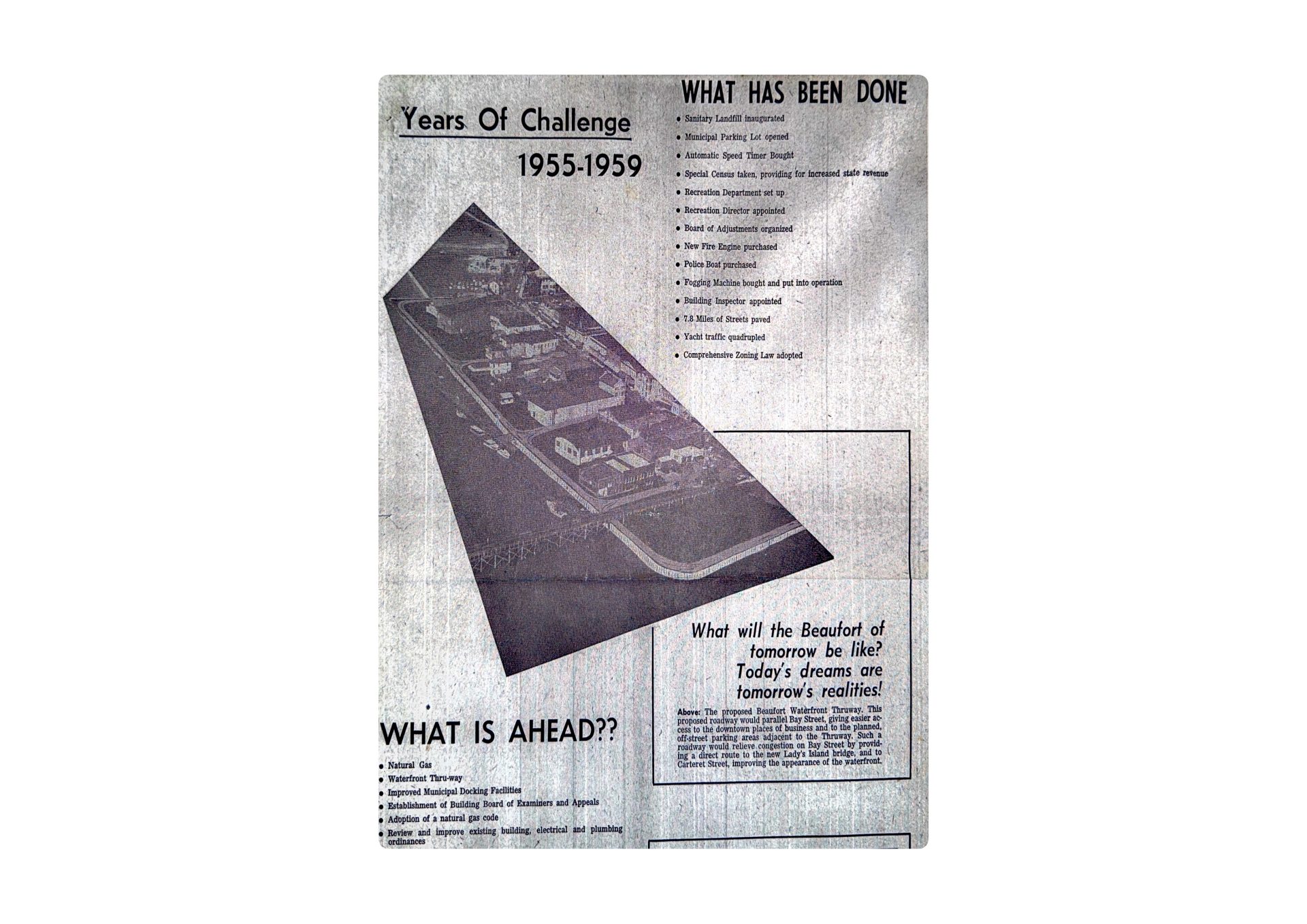The Town of Port Royal’s Development Review Board (PRDRB) chose to preserve a 350 year-old “Mother” Live Oak tree and her nearly dozen-member oak grove “family” at their regularly-scheduled Sept. 1 meeting. In doing so, the board thwarted the plans of a Spartanburg-based real estate development group to build 200 apartment units.
Buried in 1818 in the shade of the extraordinary mother tree is a woman named Mary Pope who is said to have been a slave at the Cherry Hill Plantation, which before 1860, occupied a long stretch of the south shore of Battery Creek. While an effort had been made by the developers to protect the tree and the grave, the PRDRB saw it as inadequate. To their credit the board, in voting 5-0 against the apartment project, also chose to preserve the mother tree’s exceptional oak grove “family,” virtually all of which would have been lost to make room for the apartments, according to the developer’s proposed site plan.
Oak groves are very special places, and the one that was at issue before the PRDRB on Sept. 1 is a particularly unusual and largely forgotten one that stands stoically between the Parris Island Gateway and the Battery Creek, not far from where the new food truck court is now.
The street next to the food truck court leads down past a neighborhood appropriately named Oak View, and down toward Battery Creek. But before the street ends, there is what appears to have been a road that goes off to the left. Right there the “Mother” oak called the “Cherry Hill Plantation Oak” stands. Its location would be 2900 Oak View Drive, Burton, S.C., 29906.
Bigger than Charleston’s celebrated “Angel Oak,” the Cherry Hill Oak, whose trunk is more than 30 feet in circumference measured at four feet, is 55 feet tall and features a 114-foot spread. The tree is the largest Live Oak tree in Beaufort County.
The diameter of the great tree’s trunk is larger than the Angel Oak’s, even though according to Beaufort arborist Michael Murphy, nearly half of the tree’s trunk was torn off by Hurricane Gracie in 1959.

In 2013, the Cherry Hill Oak was recognized by the non-profit urban forestry group Trees SC as the group’s Heritage Tree of the Year. The bronze plaque they erected is nearly overgrown now, but near it Mary Pope’s grave marker is neatly kept. That’s because the Chairperson of the Baptist Church of Beaufort’s Cemetery Committee, Chuck Yahres, cares for Ms. Pope’s gravesite.
“My gut says there are more graves here,” Yahres told me recently. Coincidentally Yahres lives in the Pinckney Retreat neighborhood that is next door to the tree and the grave, and his family were some of the early owners of Cherry Hill Plantation.
On numerous occasions Yahres has walked the property that was at issue on Sept. 1.
“Down toward the Battery Creek there are two Live Oaks I call ‘the Twin Oaks,’” he said, “with a low brick surrounding around them. That looks to me like there would be graves there too.”
All this would have been mightily disturbed had the PRDRB not voted to deny Johnson Development Associates’ request for a waiver of the town’s 2.5 story height limit so that the company could build their planned apartment complex on the 14-acre parcel. According to the company’s preliminary site plan, to build the buildings the company would have cut down the trees Chuck Yahres calls “the Twin Oaks” and several other hundred-plus-year-old Live Oaks in the Cherry Hill Oak’s oak grove, too.
“The Angel Oak on John’s Island attracts 400,000 visitors a year,” Coastal Conservation League’s South Coast Project Manager Grant McClure noted at the meeting. “The Cherry Hill Oak, which is larger than The Angel Oak, has the potential to provide a substantial benefit to the Town of Port Royal. We would like to see a conservation solution here that makes it possible for people to admire this remarkable tree in a park-like setting.”
Bill Rauch was the Mayor of Beaufort from 1999 to 2008 and has twice won awards from the S.C. Press Association for his Island News columns. He can be reached at The RauchReport@gmail.com.











